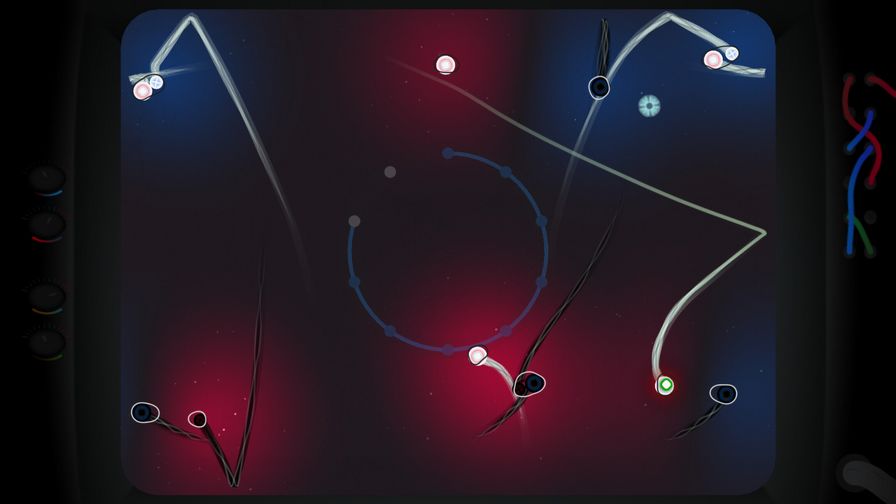Although quarks are much too small to have color or taste or any other physical characteristics we would recognize, they became clumped into six categories—up, down, strange, charm, top, and bottom—which physicists oddly refer to as their "flavors," and these are further divided into the colors red, green, and blue. (One suspects that it was not altogether coincidental that these terms were first applied in California during the age of psychedelia.)
尽管夸克太小,不可能有颜色、味道或任何别的可以识别的化学特性,它们还是被分成六类──上、下、奇、粲、顶和底,物理学家们奇怪地把这些统称为它们的“味”;它们又进一步被分成红、绿和蓝三种颜色。(人们怀疑,这些名称原先在迷幻药时代在加利福尼亚州使用过。这不完全是一种巧合。)

Eventually out of all this emerged what is called the Standard Model, which is essentially a sort of parts kit for the subatomic world. The Standard Model consists of six quarks, six leptons, five known bosons and a postulated sixth, the Higgs boson (named for a Scottish scientist, Peter Higgs), plus three of the four physical forces: the strong and weak nuclear forces and electromagnetism.
最后,出现了所谓的标准模型。对亚原子世界来说,它实际上是一个元件箱。标准模型的组成成分是:6种夸克、6种轻子、5种已知的玻色子和1种假设的玻色子(即希格斯玻色子,以苏格兰科学家彼得·希格斯的名字命名),加上4种物理力中的3种:强核力、弱核力和电磁力。
The arrangement essentially is that among the basic building blocks of matter are quarks; these are held together by particles called gluons; and together quarks and gluons form protons and neutrons, the stuff of the atom's nucleus. Leptons are the source of electrons and neutrinos. Quarks and leptons together are called fermions. Bosons (named for the Indian physicist S. N. Bose) are particles that produce and carry forces, and include photons and gluons. The Higgs boson may or may not actually exist; it was invented simply as a way of endowing particles with mass.
这种安排其实说明,在物质的基本材料中有夸克;夸克由名叫胶子的粒子黏合在一起;夸克和胶子一起形成了原子核的材料,即质子和中子。轻子是电子和中微子的来源。夸克和轻子统称为费密子。玻色子(以印度物理学家S.N.玻色的名字命名)是产生和携带力的粒子,包括光子和胶子。希格斯玻色子也许存在,也许不存在;这完全是为了赋予粒子质量而发明出来的。













